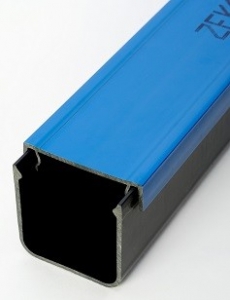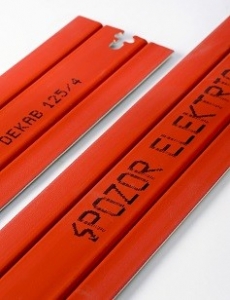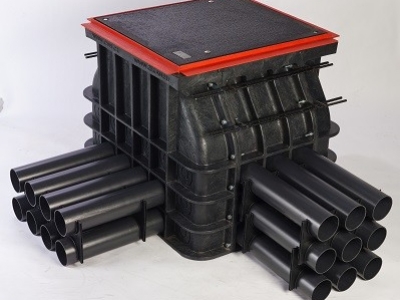Cable and pipe protection
Cable and pipe protection – professionalism and safety
Underground cable installations should have adequate protection. Unprotected lines can be dangerous for unauthorized persons if cables are uncovered. Moreover, protecting cables and pipes is also necessary to prevent mechanical damage, which could have very negative consequences. To protect cables and pipes, many elements must be used, such as cable trays, cable posts and plates.
Protective cable plates are used to protect underground power and telecommunication cables, e.g. fiber optic cables. Those for underground power cables are red; those for telecommunication cables are orange. While such cables used to be protected with bricks or concrete plates, the modern solution of using cable plates seems to be a much better solution. Durability and resistance for at least 30 years are important.
Cable plates are laid over wires, while cable trays are used to hold all the cabling. They are characterized by their very strong structure, eliminating any threat from potential factors that may threaten mechanical damage to a power or telecommunication line.
Chambers, posts and cable trays
Currently, the amperage rating of underground lines is very high. For this reason, devices that allow for safe and orderly routing of cable lines are increasingly used. Such products include cable posts, chambers and cable trays.
Cable posts are ground devices. They are characterized by their cylindrical, vertical structure. The upper part is made of hardened polyethylene, while the lower concrete footing of the cable posts is used for fixing. In turn, cable chambers and cable trays eliminate problems associated with running network routes. Currently, these products are made of the highest quality hardened polyethylene (it used to be concrete). Cable trays with places for sleeves are installed at the beginning and at the end of telecommunication lines, which protect them against mechanical damage.
- PTS Rabka
- Rokiciny Podhalańskie 203a
- 34-721 Raba Wyżna




